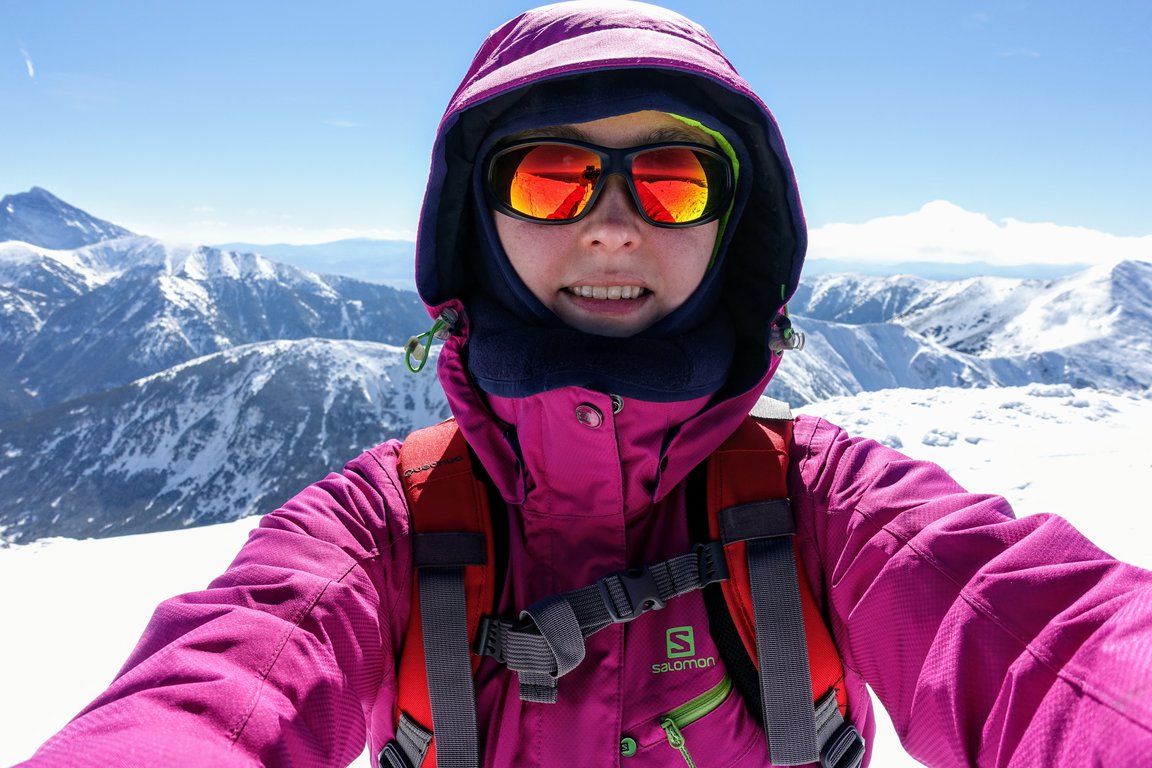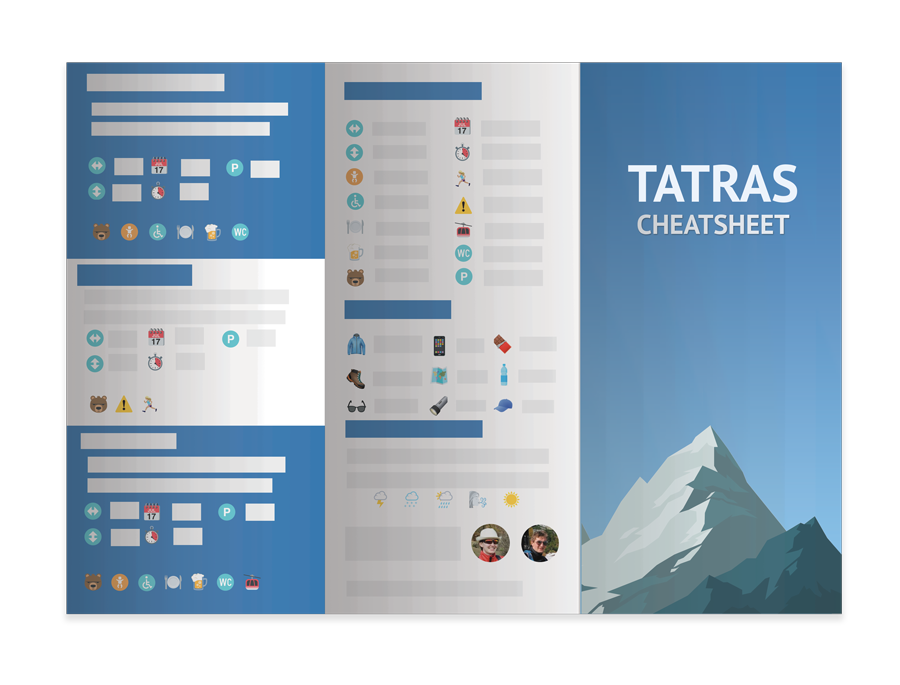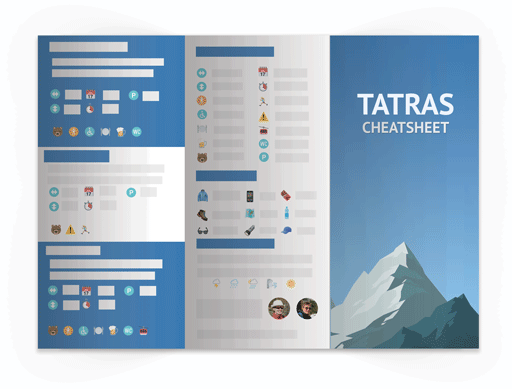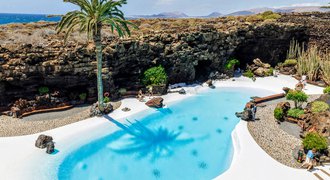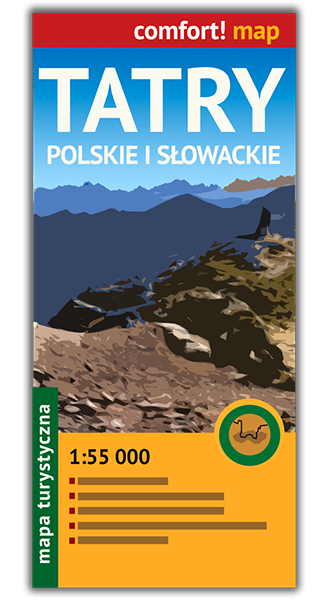When I was in my early twenties the last thing I wanted to do was winter hiking.
"It's cold, it's difficult, I don't have winter gear, oh and avalanches! Avalanche will surely kill me!" .
I didn't see any reason why I should go to the mountains in winter, when there was spring, summer and autumn, all offering nice views and definitely more favorable weather.
Well, the thing is that winter in the mountains is as long as Tolstoy's War and Peace - it goes on and on and you feel it'll never end.
So, the winter used to keep mountains out of my reach for many months throughout the year. And years passed by and I lived avoiding confrontation with winter in the mountains. The only winter sport which I was willing to do was ice skating but nowadays this is typically urban entertainment, far away from my beloved mountains.
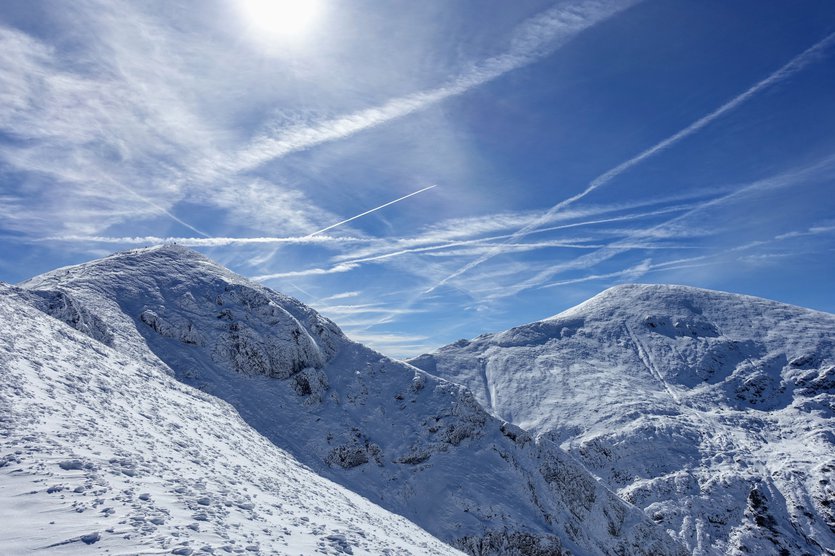
But every year my mountain addiction was growing . It was increasing in direct proportion with the intense longing for mountains I felt in winter. Obviously, lack of mountain trips was pinching me like a frost on a cheek.
Still, I was one of many who equated winter with complications, discomfort, icy cold wind and fear.
Why would I go out there when I can see snowy landscapes on my computer's screen? Beautiful HD version was meant to compensate my long isolation from mountains. But wasn't that just licking a popsicle through glass?
After a few seasons I knew it was. I was done with watching people who dared to go out and enjoy amazing winter landscapes - all those breathtaking photos just made me miss mountains more.
"It'd be great to go there..." .
"Wow! I wish I could see this myself!" .
So it went.
All I had to do was leave my comfort zone (read: couch and a warm blanket), get up and go.

This is the critical moment which shouldn't be screwed up.
Winter isn't a good time for spontaneous and unprepared trips. Trainers, a small bottle of coke and it-will-work-out-somehow motto may be enough for a summer hike in a valley but won't do the trick in wintertime.
One can easily lose heart for winter hiking or, what's worse, have a serious injury if came unprepared. But we want to overcome fear and open a new white chapter in our mountain life, don't we?
However, I'm not going to pretend I'm an expert in winter hiking and my advices are the only ones you need. My winter experience is enough for safe winter hiking but I didn't do any professional course.
My intention is to deliver a few easy hints for people who are amazed by winter landscapes but still not convinced they can make the first step. Not long ago I was one of those people and now I know it's worth to hike in the mountains in the wintertime because it can be truly enjoyable.
So, if you look for tips on how to leave your comfort zone and prepare for your first winter mountain trip, this is for you. 🙂
Table of contents
1. Just go out there
First and the most important thing. You'll never know if winter tourism is for you if you don't try it.
2. Begin with short trails
I wanted to hike on my first winter mountain trip to Rysy (2499 metres above sea level) - the highest peak in Poland. Thank heavens I changed my mind and just went to Bieszczady mountains - much smaller and safer range in the south of Poland. So, it's good to start with short and easy trails to get used to winter conditions. There are 2 major reasons for it:
- During winter our organisms tire faster.
Even seemingly easy hiking in ankle-high fluffy snow is more tiring than "normal" hiking. Forcing your way through hip-high snowdrift is almost extreme sport 😉 It's because walking in snow engages bigger amount of muscles. Also, the organism uses up more energy to maintain body's temperature. This makes you weary faster than usual. Powdery fluff, snowy slush, snowdrifts or ice effectively make walking difficult. In such conditions seemingly easy trip can become 10-hour expedition.
Time goes quickly and winter days are short...
- It's... cold.
I know, it's obvious, but it's important to remember that our bodies can loose warmth instantaneously . Once, when I was hiking in Beskidy , I felt hot from climbing up - it was nice forest path, no wind at all. So, I decided to take my beanie off for a while. When I got to the ridge where wind was blowing hard and I instantly regretted my decision - I lost all my warmth in the blink of an eye. Now imagine it's a windy day and you're wandering all day on a mountain ridge...
One more thing worth to keep in mind - during winter hikes there's usually no time for long breaks (because it's cold and/or time's running thin).
Ideally, you will know those trails from your summer hikes - familiarity of terrain will come in handy when everything is covered with snow, including signposts.
Mountain hut on the trail is added bonus (there are times we could all use warm and dry shelter). The more popular the trail, the bigger chance it's more visible and easier to hike. There will also be some other tourists which will give a bit more confidence, especially during your first trips.
Sure, sometimes you seek solace in the mountains and just have to get super tired because nothing else would help. But in the winter it's better to start gently with your hiking adventures.
Winter conditions will ruthlessly verify overly ambitious goals or sedentary lifestyle .
It'd be a pity to discourage yourself at the very beginning.
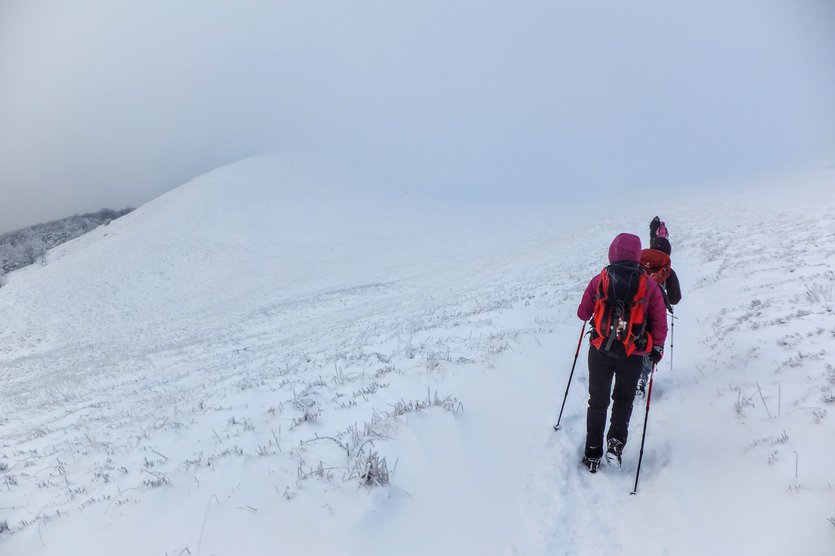
3. Let's explore the valleys
You've already conquered high mounts in summertime so you want to do the same in winter. But the thing is that your summer mountain experience isn't really relevant in winter. Actually, you need to learn how to hike from the very beginning.
The reason is that in seemingly familiar places there are new threats which you need to learn to identify and cope with.
At the moment let's forget about high summits - it's time to climb down to valleys. And let's not feel sad about this - winter scenery is stunning! It will surprise you like a wife in evening dress after 20 years of marriage - you may know her very well but this new creation will amaze you. 😉
4. Check the trail before you go
Some of the trails are closed for winter time because of high avalanche risk. For instance, lots of trails in Slovak Tatra mountains are closed from November 1 st until June 15 th . The same goes for some trails in Polish mountains.
Also, there are paths which split up from summer routes and create winter variants. All the necessary info about trails is included in maps and guidebooks.
I definitely advise against hiking in avalanche terrains.
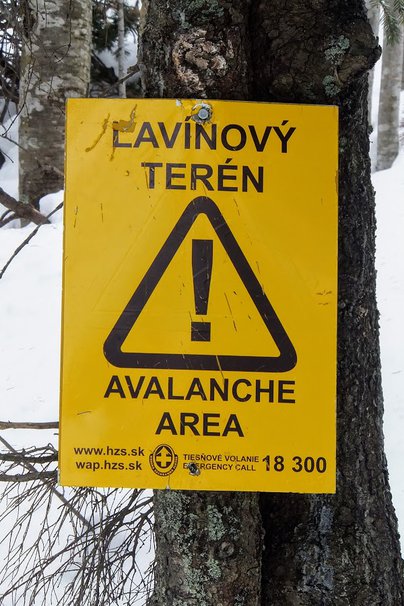
5. Check the weather
Even the easiest mountain path can give you a hard time if the weather's lousy. So, before you go on a trail, check the weather forecast. I most often check National Parks' websites as they also have live streaming webcams.
It's crucial to have nice weather during your first winter hikes:
- In the time of severe snowstorm you can get lost a few metres from the mountain shelter and freeze to death.
- Avalanche may take away your future plans in a few moments.
- One false step on ice-covered slope may get your leg in a cast for many months.
- Fog may effectively hide orientation points and blizzard may cover footprints in a flash - in such conditions it's extremely easy to get lost or enter into abyss terrain.
It may all seem frightening and discouraging but I need to emphasize how important is to come prepared .
Actually, sometimes it's better to retreat than make one step too many. There may be occasions when it's better to give up the hike and just have mulled wine in a tavern.
6. Get proper clothes
Winter outdoor clothing can be very costly. But if you choose easy trails for the beginning of your winter adventures, the big expense can wait until you know exactly what you need and what's just airs.
Here's a list of must-haves for winter hiking adventures:
- Shoes - ideally they're warm, waterproof, durable, suitable for semi-auto crampons. But those are very expensive. Maybe I'll invest in such boots in the future.
For the time being, I got myself impregnant and I just hike in my all-year boots . They're not perfect for winter as my feet get cold after a few hours of hiking, but have to fit the bill for now. In hardcore situations when your feet are swimming, you can put on plastic bags (after you change socks for dry ones). - Warm socks - the cheaper the shoes, the warmer the socks 😉 It's great to have additional pair in backpack.
- Thermoactive underwear - super cool invention. I can't imagine winter hiking in cotton clothes - it gets very unpleasant when you sweat. And you will sweat for sure. Cotton underwear won't transport humidity to upper layer of clothing. Instead, it'll cling to your skin like a wet rag, which you'll especially regret when you stop over.
- Fleece - mountain must-have. It's good to have spare one in your backpack.
- Jacket - good one can cost you an arm and a leg. I just use my ski jacket and it works well. Actually, there are 2 types of jackets which can be used for winter hiking - membrane or softshell. For good weather I'd recommend the latter one (we avoid bad weather, don't we?). It will do the trick together with thermoactive underwear and fleece. Anyway, for your first winter hikes take whatever outdoor clothes you have, preferably with hood. The more layers of clothing you'll have at hand, the better.
- Trousers - as above, typically choose softshell or membrane type, but for nice and sunny weather you can wear your trekking trousers. Of course, thermoactive leggings are a must.
- Gaiters - snow is a very sneaky nature's creation and it'll do its best to get inside your boots. 😉 That's why I highly recommend hiking in gaiters - they will effectively prevent snow from attacking your shoes.
- Gloves - important, so important, so very important in winter! They have to be warm and waterproof. When it's really cold I hike in my ski gloves. It's impossible to take photos but at least I don't get frostbite.
- Beanie - beware pom-pom aficionados! Such beanies won't fit well under a hood or helmet. For sunny, reasonably warm day balaclava will be OK.
- Neckwarmer - more convenient than traditional scarf. My favorite set is golf fleece + neckwarmer.
7. Take winter gear
- Trekking poles - I absolutely adore this invention! I use them all year long. They help maintain a balance and make hiking in snow much easier. Just remember to assemble snow baskets and off you go!
- Comfortable backpack - capacious backpack with pockets will surely come in handy.
- Headlamp - this one comes in handy not only in wintertime. Autumn days are also surprisingly short.
When we were hiking in Czechia's Beskidy mountains in November, the weather was really bad and it got dark exceptionally fast (well, I have to admit we spent too much time in mountain hut enjoying some fattening Czechia's food). We had our headlamps but it turned out the batteries were low and we didn't have spare ones so we had to climb down in darkness. Our hike was 2 hours longer than we expected and there wasn't even any snow on the trail.
Spare batteries are simply a must - keep them in your inner pocket so that the cold won't damage them. It's necessary to take your headlamp and spare batteries even if you plan short hike - you never know what may prolong your trip. - Vacuum flask - hot tea would lift your spirits like nothing else. 😉 Add some honey or maple syrup and you have blessed nectar perfect for a cold day. I take my thermos flask on every hiking trip in spring, autumn and winter. Actually, I use it also in the summer - when it's really hot I put some ice cubes into the flask, pour mineral water and have refreshing drink afterwards.
- High energy snacks - you'll need energy boosters every now and then because low temperatures burn your energy super fast. Here's a few ideas nutritious, problem-free and easy to carry mountain snacks.
- Crampons / mini spikes / anti-slip shoe cover - you don't need professional crampons for your first and easy hiking trips, however I'd strongly recommend some alternatives, e.x. mini spikes or anti-slip covers. There may be ice on the trail even in the valley. If you want to feel secure but not ready to spend a lot of money on winter gear, you might rent crampons - this is cost-effective option and it's available in every mountain resort.
- Space blanket - useful thing in an emergency. It'll decrease the heat loss when you're immobilized.
- Charged phone - keep your phone close to your body so that the battery is protected from frost. Also, portable power bank may prove useful. If you haven't memorized number to National Guard, save it to your phone book.
After your several winter hiking trips you'll get to know that this time of year is actually not as bad as you initially thought. You'll collect priceless experience and knowledge which will make your next adventures better and better. You'll also know which outdoor gear you actually need .
But before you go into higher mountains, enroll yourself in winter mountaineering course or avalanche safety training - knowledgeable professionals will show you the ropes.
Also, good idea is to hike with someone who's already experienced in winter mountain tourism. You'll find such people in mountain organizations, on climbing walls, Internet forums, etc.
Hiking in the mountains in wintertime is great adventure and winter landscapes are very often even more beautiful than summer ones. Snow can create views which look like taken straight from a fairy tale .
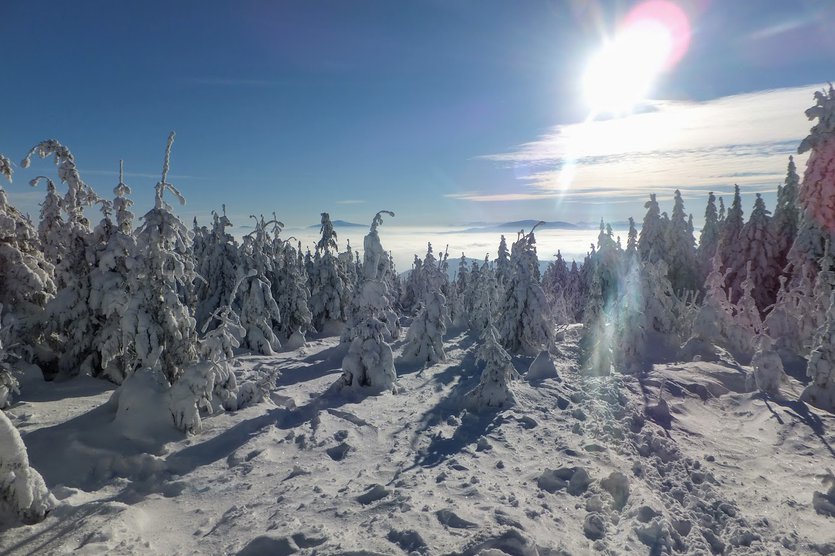
But snow can be also very dangerous.
Everyone was a beginner and each of us made smaller or bigger mistakes. And that's completely fine, as long as those mistakes are made in easy terrain - they'll add up to a very useful experience. But in high mountains those mistakes might not be forgiven.
To sum up, winter sometimes kicked my ass but it also amazed me . Now I know - year's season is poor excuse for avoiding mountain activities - one needs to try it before he says "it's not for me".
I may not love winter (yet) but I've understood that it can give valuable experiences which other seasons cannot. And I just can't wait for winter scenery of my beloved Tatra mountains!

